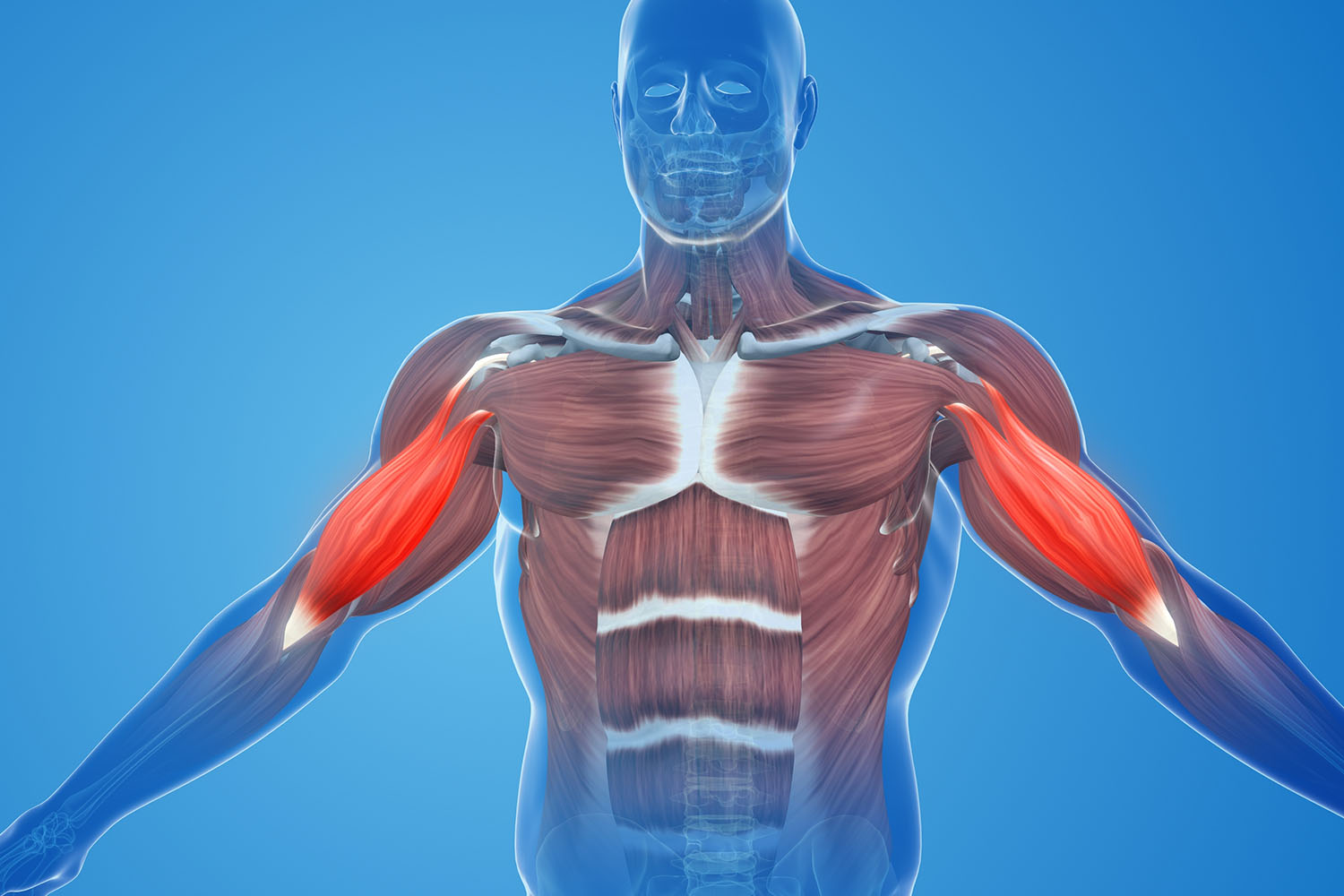Overview
When considering the marvels of human anatomy, the largest muscle in the human body often piques curiosity. The gluteus maximus, commonly known as the glutes, is not just significant in size but also plays a crucial role in various bodily functions. This blog delves into the anatomy, functions, and importance of the gluteus maximus, offering a comprehensive look at the largest muscle in the human body.
Anatomy of the Gluteus Maximus
The gluteus maximus is located in the buttocks and forms the bulk of its shape and appearance. It originates from the ilium (the uppermost and largest part of the hip bone), the sacrum, and the coccyx (the tailbone). From there, it extends down to attach to the femur (thigh bone) and the iliotibial tract (a band of connective tissue running down the side of the thigh).
This muscle is one of the three gluteal muscles, the other two being the gluteus medius and gluteus minimus. However, the gluteus maximus stands out due to its sheer size and the extent of its functions.
Functions of the Gluteus Maximus
The largest muscle in the human body serves several vital functions, including:
- Movement and Stability: The primary function of the gluteus maximus is to extend and laterally rotate the hip joint. This action is crucial for movements such as standing up from a sitting position, climbing stairs, and running. It also plays a significant role in stabilizing the pelvis and trunk during these activities.
- Posture: By maintaining an erect posture, the gluteus maximus helps counteract the forward tilt of the pelvis. This is essential for proper alignment and balance, reducing the strain on the lower back.
- Force Generation: This muscle is critical in generating the powerful forces needed for explosive movements, such as jumping and sprinting. Athletes often emphasize strengthening the gluteus maximus to enhance performance in sports that require speed and power.
Importance in Everyday Life and Health
Beyond its role in athletic performance, the largest muscle in the human body is essential for daily activities and overall health. Weakness or dysfunction in the gluteus maximus can lead to various issues, including:
- Lower Back Pain: Since the glutes help stabilize the pelvis, weakness in this muscle can contribute to poor posture and lower back pain. Strengthening the glutes can alleviate or prevent such pain.
- Knee and Hip Problems: Proper function of the gluteus maximus is crucial for the alignment of the entire lower limb. Weakness here can lead to compensatory patterns that may cause knee and hip pain or injury.
- Mobility and Independence: For older adults, maintaining strength in the gluteus maximus is vital for mobility and independence. Strong glutes help in performing everyday tasks, such as getting out of a chair or walking, reducing the risk of falls and enhancing the quality of life.
Exercises to Strengthen the Gluteus Maximus
Given its importance, incorporating exercises that target the gluteus maximus into your fitness routine is beneficial. Some effective exercises include:
- Squats: This compound movement not only targets the glutes but also engages the quadriceps and hamstrings. Ensure proper form to maximize benefits and avoid injury.
- Lunges: Both forward and reverse lunges are excellent for activating the glutes. They also help improve balance and coordination.
- Deadlifts: This powerful exercise targets the glutes, hamstrings, and lower back. It’s essential for building overall lower body strength.
- Hip Thrusts: Specifically designed to target the glutes, hip thrusts can be performed with body weight or additional weights for increased resistance.
The gluteus maximus, the largest muscle in the human body, is a powerhouse of strength, stability, and movement. Its role in maintaining posture, enabling mobility, and enhancing athletic performance underscores its importance in our daily lives. By understanding its functions and incorporating targeted exercises, we can ensure this vital muscle remains strong and healthy, contributing to our overall well-being and physical capabilities



